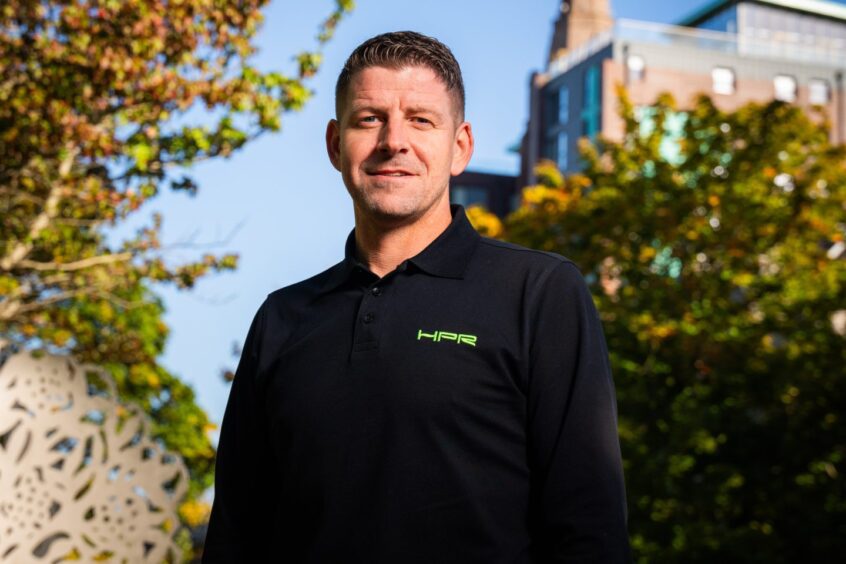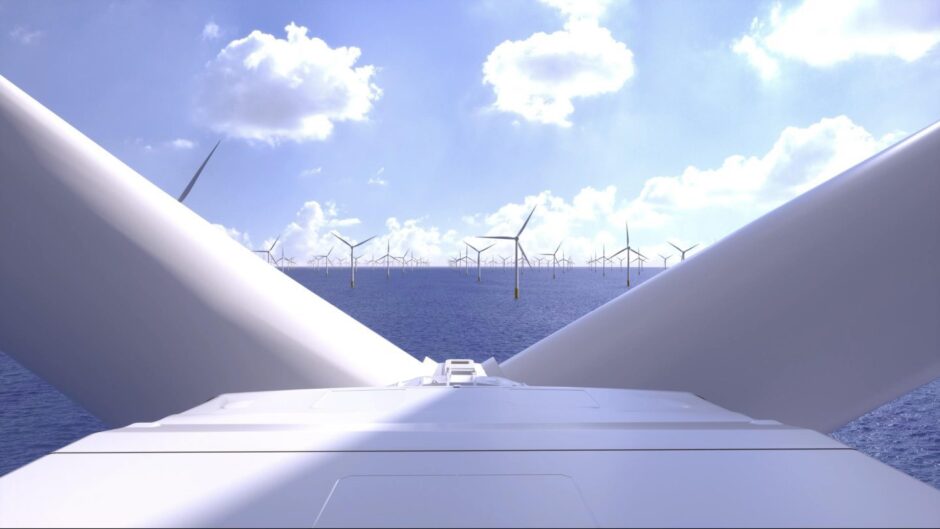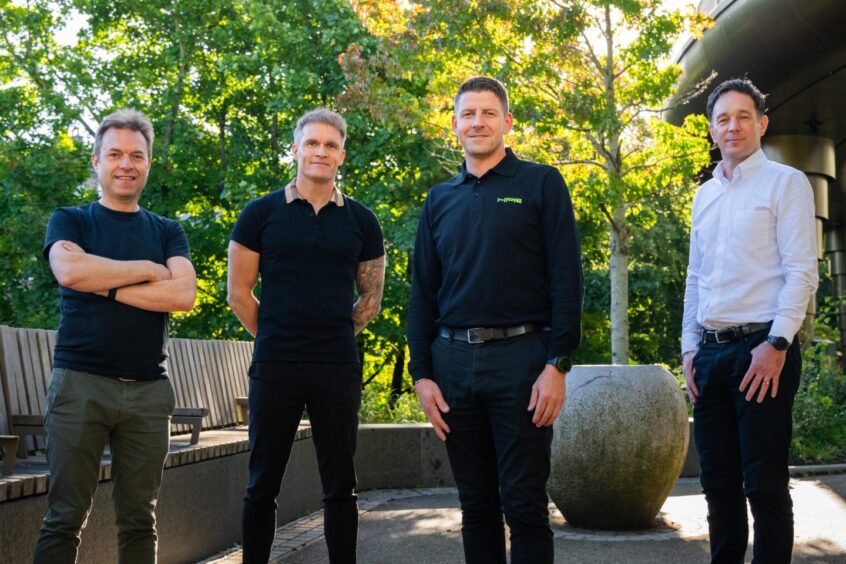
An Aberdeen subsea robotics company is powering up the world’s biggest offshore windfarm after moving into the renewables market.
High Performance Robotics (HPR) has been driving down the cost of subsea inspection, intervention and repair with its growing fleet of micro remotely operated vehicles (ROVs).
The company, known for its work with clients such as Shell (LON:Shel), Wood (LON:WG) and EnQuest (LON:ENQ), is now making its mark in offshore wind by supporting the delivery of Dogger Bank, which will power six million homes.
HPR’s robots delivered live footage of the operation to land subsea power cables connecting the vast project to shore through tunnels drilled under the beach.
The contract rounds off a transformative year for HPR, which is led by former Scotland international cricketer Jan Stander.
The firm was acquired from its owners last year by Ventex, the Aberdeen-base climate tech venture studio, for an undisclosed sum.
HPR has since rebranded, expanded its fleet, and grown its team.
The company expects to confirm turnover has doubled from £1million to £2m.
Stander said: “With strategic investments in our fleet and the transformative effects of deploying new miniaturised technology, such as 360 and stereoscopic cameras, we are able to create point cloud datasets and virtual environments, as well as carry out subsea cutting and sampling, saving millions of pounds for clients in inspection and intervention campaigns.
“Our push into the offshore wind market means we can apply our experience from 300 projects to assets now in construction, or in some cases starting to see signs of ageing after a decade in the water.”
The 3.6 GW Dogger Bank Wind Farm is being constructed in UK waters 70 nautical miles off the coast as a joint venture by Equinor (OSLO:EQNR), SSE (LON:SSE) and ENI (MILAN:ENI).
Steve Gray, chair at HPR said: “This work on Dogger Bank highlights the agility and flexibility that HPR brings to the offshore wind market. Advances in technology allow micro systems to work in conditions, and carry out tasks, previously reserved for divers or heavy work equipment.
“At my previous subsea remotely operated vehicle company we worked on 70% of all the windfarms in Europe up to 2019, using large vehicles of up to 3 tons. HPR is changing the way we work subsea using equipment with a fraction of that weight, cost, risk and carbon footprint.
“We’re excited to play a role in delivering a project that will power millions of homes and look forward to supporting further projects, including the build out of ScotWind.”
Ventex launched in Aberdeen this summer, and HPR is one of three businesses already in the studio’s portfolio, alongside harsh environment ROV manufacturer Rovtech and decommissioning-focused artificial intelligence firm Rahd AI, which is headquartered in Perth, Australia.
Ventex founders Gray and Stuart McLeod both have a track record of success in building global businesses. Gray was the founder and former chief executive of ROVOP, now a leading global player in the ROV rental market, recently sold to Chouest. McLeod led oil and gas completions and commissioning technology specialist QEDI through to its £33m acquisition by Amec.
Recommended for you


 © Supplied by SSE Renewables
© Supplied by SSE Renewables © Supplied by Ventex
© Supplied by Ventex